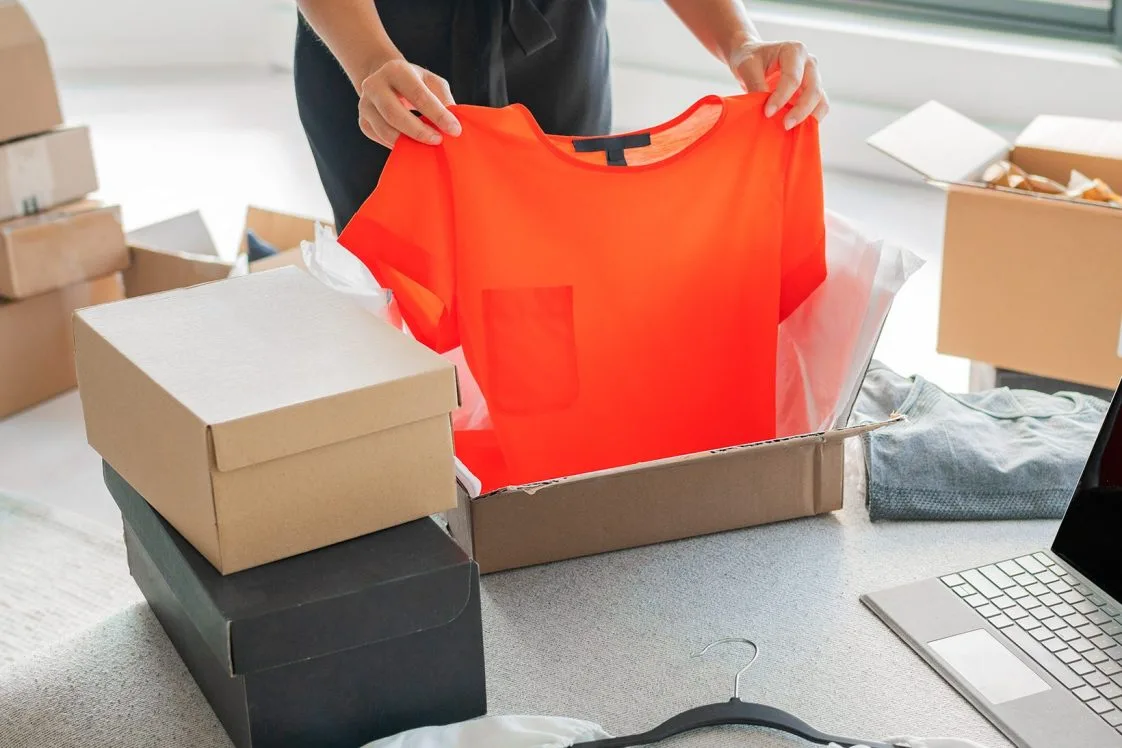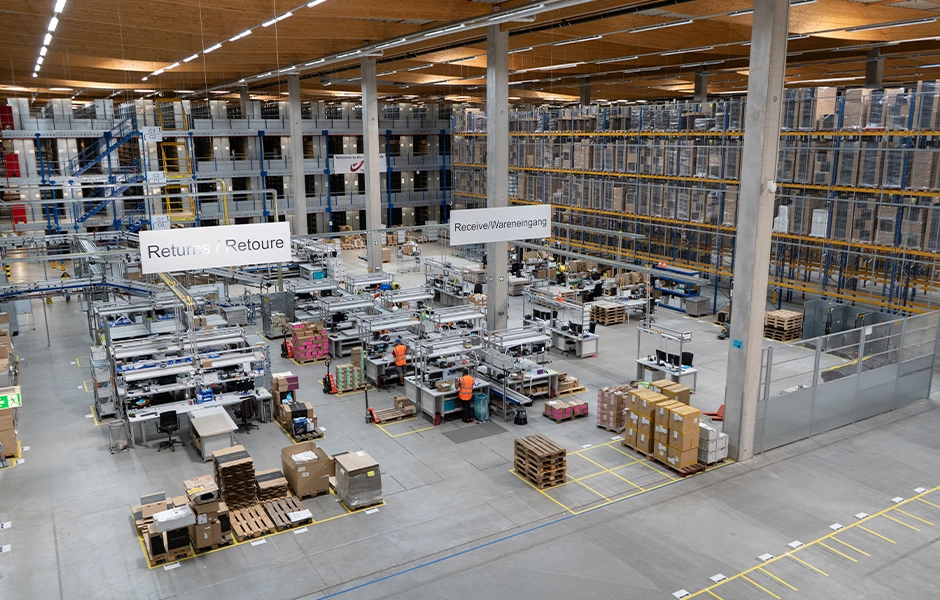Prepare for the Next Seasonal Peak: Peak Returns

Black Friday/Cyber Monday shopping period drove over $41 billion in US online sales last year, up from $38 billion in 2023. Nearly 197 million shopped over the holiday weekend – , the second-highest turnout after 2023 — with Black Friday remaining the busiest day.
While Black Friday/Cyber Monday drove significant consumer demand, retailers need to ensure that they cater to high customer expectations through the end of each peak season.
Here’s what consumers expect from a peak season.
- Consumers still seek promotions: Budget-conscious shoppers will continue to flock to promotions and deals. Customers remember brands that create great promotions. Seventy-six percent of shoppers say promotions enhance a brand’s value.
- Consumers want personalization: Personalization helps retailers differentiate themselves from the competition. Seventy-eight percent of shoppers are likely to make repeat purchases from companies with personalization strategies.
- Consumers want fast and free shipping: Ninety percent of consumers claim that shipping accounts for at least half of the online brand experience.
Peak Returns
Retailers must not only meet high customer expectations through the holiday peak but also prepare for what follows: peak returns. Holiday shopping drives high return volumes, making it crucial to balance cost efficiency with a strong returns experience.
Customers Have High Expectations for Returns
Retailers face returns challenges across margins, inventory, and operations. Customers expect a seamless process—any friction gets noticed. Radial’s research found refund delays were the top complaint, with return packaging and instructions also common pain points. Eighteen percent had issues with packaging or labels, and 16% struggled to find instructions.
Leading retailers can assess their full return process and determine ways to optimize, while still containing costs. That leads to a key question for many brands dealing with high returns: Should they leverage returns fees, or will that drive customers away?
The Question of Returns Fees
Brands have waived or modified returns fees in the past to build customer loyalty and create repeat sales. Now, retailers are caught between managing the cost of returns via returns fees and risking customer relationships. Will returns fees cost retailers their customers’ loyalty?

Radial Europe Returns
How Retailers Can Prepare for Peak Returns
Here’s how retailers can prepare for peak returns after a record-breaking peak holiday shopping season.
Offer an Omnichannel Returns Process
When possible, consumers want both online and in-store return options. That means retailers need to leverage omnichannel returns processes. For example, 70% of consumers prefer to use an online return portal when returning footwear or apparel, while 28% want to return in stores. If retailers are not yet equipped to manage omnichannel returns in-house, third-party logistics providers can help develop end-to-end order management, with greater visibility into in-stock, purchased, and returned items to keep products and revenue flowing.
Assess Returns Fee Policies
Retailers should assess current fee policies as many customers may be happy to pay a fee for a hassle-free return, but that may vary by industry, product type, and other factors.
Retailers can charge returns fees while still optimizing the overall process. Many succeed by offering free returns for higher-value orders, within certain timeframes, in-store, or through loyalty programs. By prioritizing experience, using returns partners, clear communication, and data-driven fee strategies, retailers can cut costs and keep customers loyal.
Offer Longer Return Windows
While 60% of consumers expect a 30-day return window, 28% want 60 days and 12% prefer 90. Retailers can strike a balance by offering longer windows for exchanges or store credit, and shorter ones for refunds. Though longer windows can complicate inventory, they may help drive repeat visits.
Streamline Refunds
Peak returns periods can strain refund timelines, making it harder to meet customer expectations.
While most brands set refund timeframes, consumers still expect quick turnarounds—ideally within seven days. In fact, 57% have attempted returns outside the return window, and 62% of those still expected a full refund or store credit.
A third-party fulfillment partner like Radial can help streamline returns, speed up refunds, and ready products for resale as soon as possible.
Build Sustainability into Returns
According to Radial’s research, 50% of consumers feel that sustainability is important or very important in the returns process. This underscores the need for retailers to invest in sustainable packaging and shipping practices. Per a Q1 2024 Radial Research survey found that:
- 30% of consumers think online retailers should use packaging made from recycled materials.
- 29% think online retailers should use reusable packaging that can be repurposed or refilled.
- 23% think online retailers should implement more efficient packaging designs to minimize waste.
Brands can invest in sustainable, reusable packaging for both delivery and returns to meet customer expectations.
The Radial Difference: Optimized Returns for Peaks and Beyond
Radial has helped leading retailers streamline returns management for more than 30 years. We have the technology, partners, and operational expertise to set up a returns program that is customized for each retailer’s business needs and makes the experience as easy as possible for customers. That includes omnichannel returns, payments and fraud, and more.
Returns are inevitable—especially after peak shopping periods. We can reduce the costs and hassles associated with the eCommerce returns process and help you retain satisfied customers all year long.
